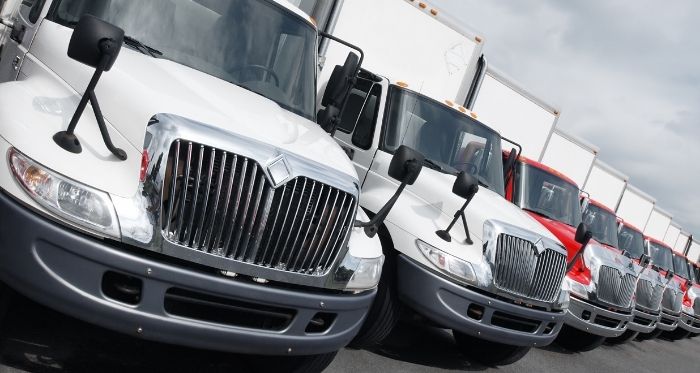Fleet Management where logistic, manufacturer companies using to optimize their logistic department. Fleet management is where you can save a lot of things. Hence we will discuss it further. So you may get a better idea:
Fleet Management Optimization
Operating a company’s fleet with the precision of a clock is not a process that takes place instantly. It requires the cunning of an experienced administrator, who helps companies take complete charge of their business and leave this aspect in the hands of specialists.
It is essential to determine which are the key performance indicators or KPI’s. Since based on this, it will be possible to have more punctual monitoring since it allows to control and reduce costs and increase efficiency, improve productivity, and operate.
When it comes to optimizing the fleet, all aspects are essential; however, several aspects are crucial to achieving this, including:
Fleet age: even with preventive maintenance, heavily used vehicles show significant wear and tear. For this reason, it is essential to consider the age of the units and the most opportune moment to give way to their renovation since doing so will allow us to compare and enhance performance.
Amount of maintenance: Data from this same white paper highlights that not following a rigorous preventive maintenance plan can cause corrective services up to 70 percent more expensive. The constant revisions indicate that the time has come to modernize the units, especially if they are individual because they generate high costs that put profitability at risk, which reduces profit margins. It is essential to consider that preventive maintenance helps to reduce this expense. However, when the wear of parts occurs constantly, it can be attributed to impaired driving, inferior quality parts, or driving on roads in poor condition. Therefore, it is essential to define strategies to mitigate this problem.
Driving behaviors of drivers: driving can affect the amount and frequency of maintenance or accidents. It helps evaluate performance, as inexperienced drivers or poor driving skills can accelerate wear on parts and increase fuel consumption. According to the National Highway Traffic Safety Administration (NHTSA), distractions while driving, such as cell phone use, account for about 40 percent of the reasons why a traffic accident occurs.
The average cost for maintenance: knowing this expense allows us to visualize its impact on company revenues. The goal is to analyze where expenses are coming from and find ways to reduce them. It helps find more competitive pricing and supplier alliances.
Non-availability rate: this helps identify how many vehicles are immobile since their inactivity represents losses for the company. It may be related to poor maintenance service, use of inferior parts and components, age of the unit, and driving style.
Mileage: it is a fundamental indicator of fleet maintenance since, with this, it is possible to identify the ideal moment to change parts, lubricant, tires, and other components to guarantee the safety of drivers and units, although driving speed also influences.
Response time: it is an aspect widely valued by customers, especially in times of crisis, and in which companies will always have opportunities for improvement. Providing immediate attention by speeding up response times and addressing customer concerns from the first call will result in better customer ratings.
Agility: Average speed can help measure driver performance and efficiency by allowing trips to be completed as quickly as possible, as long as laws are not violated or safety is compromised. Knowing how long a typical trip takes can help optimize drivers’ schedules.
Exact Quantities (Rightsizing): having too few vehicles available hurts operating efficiency while having too many hurts profitability. That is why planning and metrics are of great value.
Collision indicator: allows you to keep a history of all crashes, according to severity and frequency, to identify patterns. It is also essential to consider the skills and physical condition of the driver.
Driving: monitoring driver behavior gives the possibility to identify problems before accidents due to speeding, reckless driving, improper lane changes, and sudden acceleration, as they are a threat to the safety and wear out the units more.
Fuel – High fuel costs drain your budget, so it’s essential to keep track of these costs. Eliminating extra weight and optimizing routes are some of how fuel efficiency can be improved.
Expenses and costs: it is essential not to forget the insurance outlay in the total cost of the property. It may not seem like an area where there is much room for improvement, but it could be a red flag if this expense is increased significantly. Inventory management is a balancing act.
Ensuring you have enough parts on hand is crucial to making necessary repairs without waiting days for a replacement.
It is essential to consider that telemetry is an effective ally for companies since it allows more timely monitoring of various activities and critical aspects and a digital record of each task.



